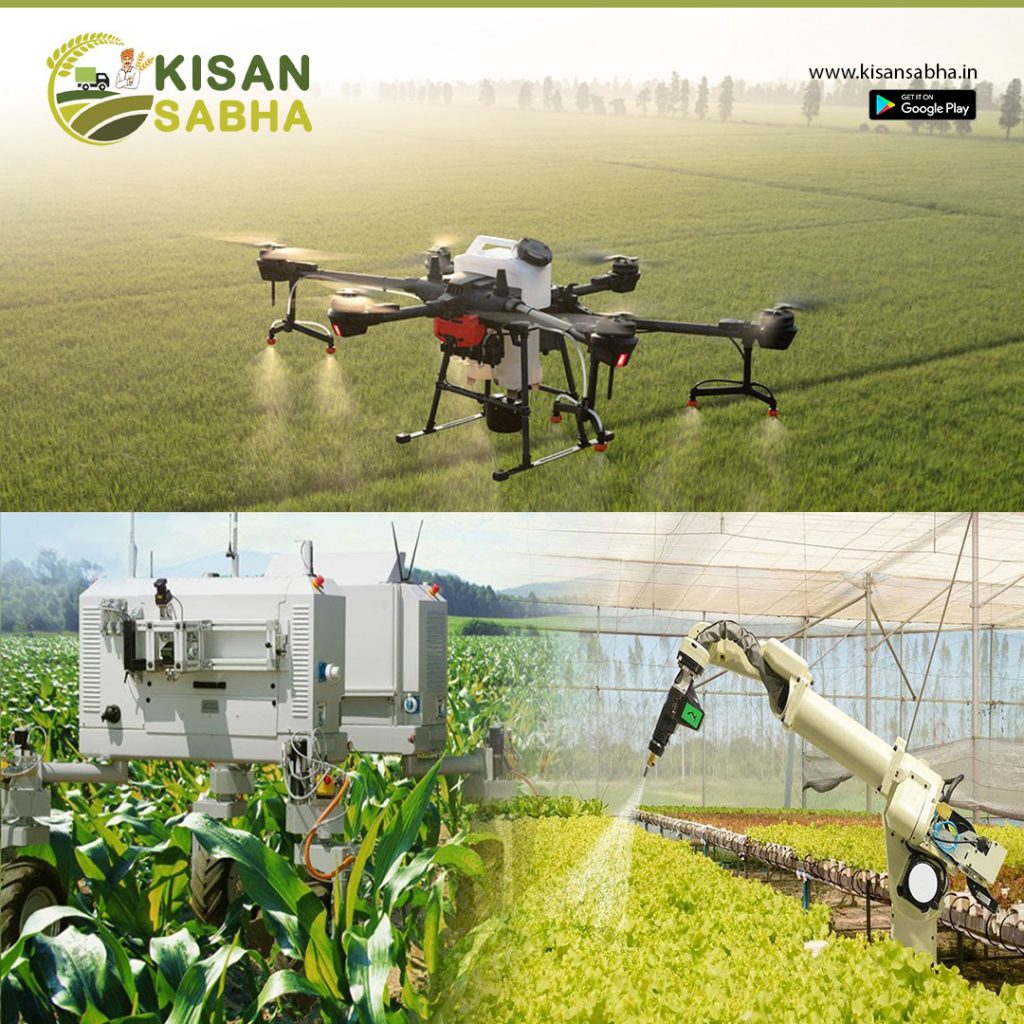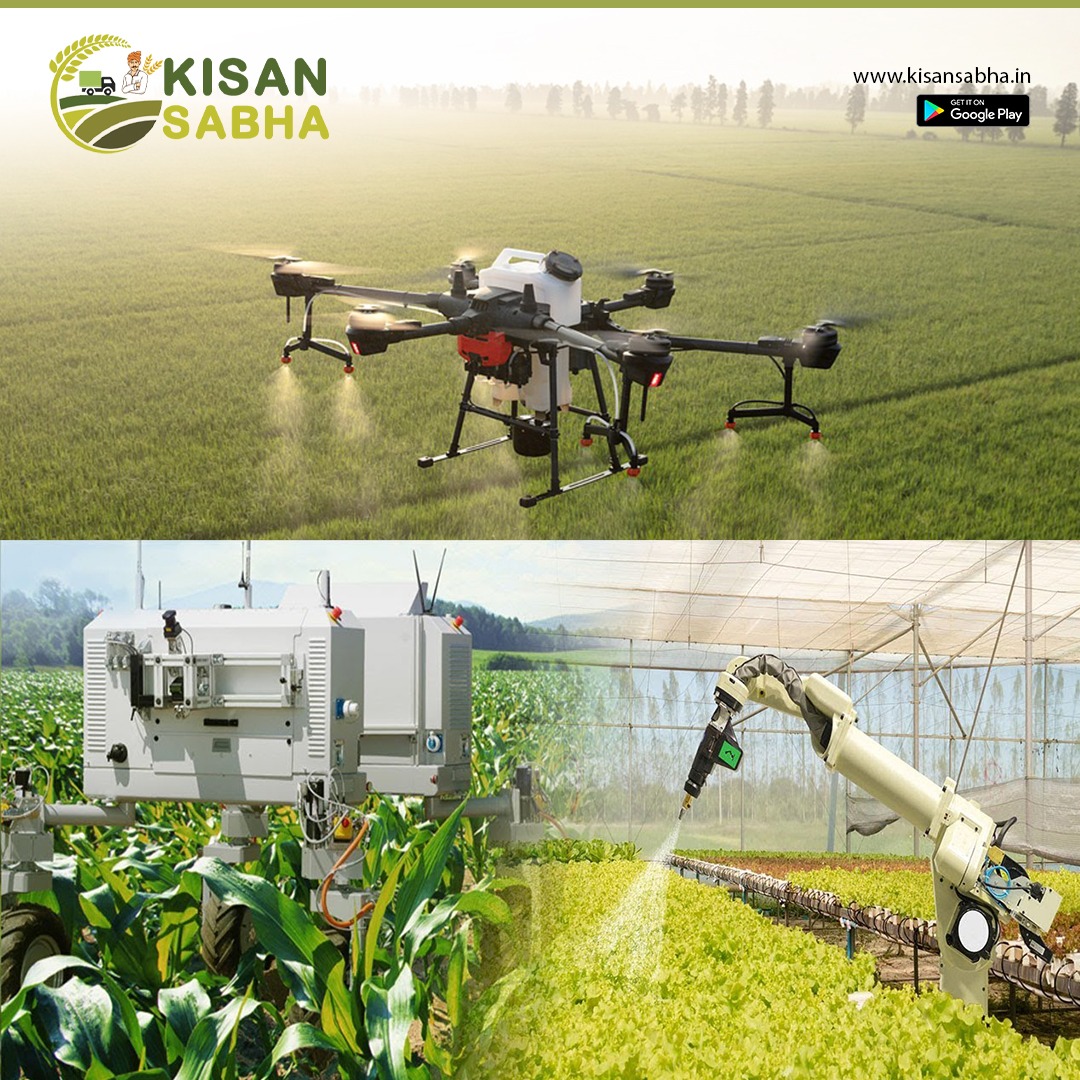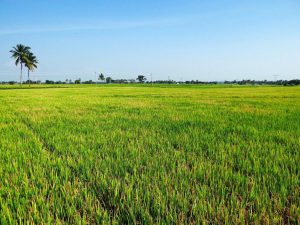A turning point in human history was the advent of agriculture. The first significant shift in the connection between completely modern people and the environment occurred when humans were able to manipulate the environment to produce enough food to support rapid population increase. Agriculture’s development sparked a broad range of innovations, from the use of fire and prepared meals to self-driving machinery.
Modern agriculture has undergone a dramatic transformation due to new technological developments like robots, drones, and computer vision software. Today’s farmers have access to instruments that will enable them to fulfill the needs of the expanding global population.
What is Farm automation?
Automating the crop or livestock production cycle on farms increases efficiency and is sometimes referred to as “smart farming.” A growing number of businesses are focusing on robotics innovation to create robots that can automatically irrigate plants, sow seeds, and operate tractors and harvesters. Despite the fact that these technologies are still relatively new, more traditional agriculture businesses are incorporating farm automation into their operations.
Advantages of agricultural automation
Major concerns including a growing global population, a lack of agricultural labor, and shifting consumer demands are addressed through farm automation technologies. Automation of conventional farming procedures has enormous advantages.

Consumer Advantage
Consumers’ preferences are moving to include more organic and sustainably produced goods. Produce is delivered to consumers faster, fresher, and more sustainably thanks to automated technologies. Automation boosts productivity by boosting output and manufacturing rate, which lowers costs for customers.
Labor effectiveness
Over 50% of the cost of running a farm is labour, and 55% of farmers believe a lack of workers is having an impact on their business. 31% of farmers are switching to less labor-intensive crops as a result. However, harvest robots have a lot of promise. Robotics technology allows for the automation of routine operations, which lowers labour costs and the amount of work that is required in the agriculture sector due to a labour shortage. 30 agricultural labourers might be replaced with a single strawberry robot harvester, which could pick a 25-acre area in three days.4
Reduced environmental footprint
Farm automation techniques can increase agriculture’s profitability while simultaneously lessening its environmental impact. Software designed specifically for a certain site can lower greenhouse gas emissions while lowering the usage of fertilizer and pesticides.
Issues with farm automation
Farm automation still presents several difficulties that must be solved. Farmers have a significant barrier to entry due to the high adoption costs of robotic technology, particularly in developing nations. Robotic planters, for instance, must carry heavy loads of water or pesticides; hence, the gear must be made differently, which increases the cost to make it larger. High repair expenses are also associated with such specialist equipment when it comes to technical problems and equipment failure. Farmers will need to combine their expertise and experience with these new technologies in order to properly exploit farm automation.
Looking ahead
Farm automation technology, which is still in its infancy, has the potential to completely change the agricultural industry. By advancing technology, production techniques, and software, it offers a route toward more effective and sustainable agriculture. Automation technology is becoming more advanced every year, and what was cutting edge only a few years ago will soon be mainstream and affordable. Although completely autonomous cars and agricultural equipment are on the horizon, the human element will always be a critical component of farm management.
Visit www.kisansabha.in for more details.




